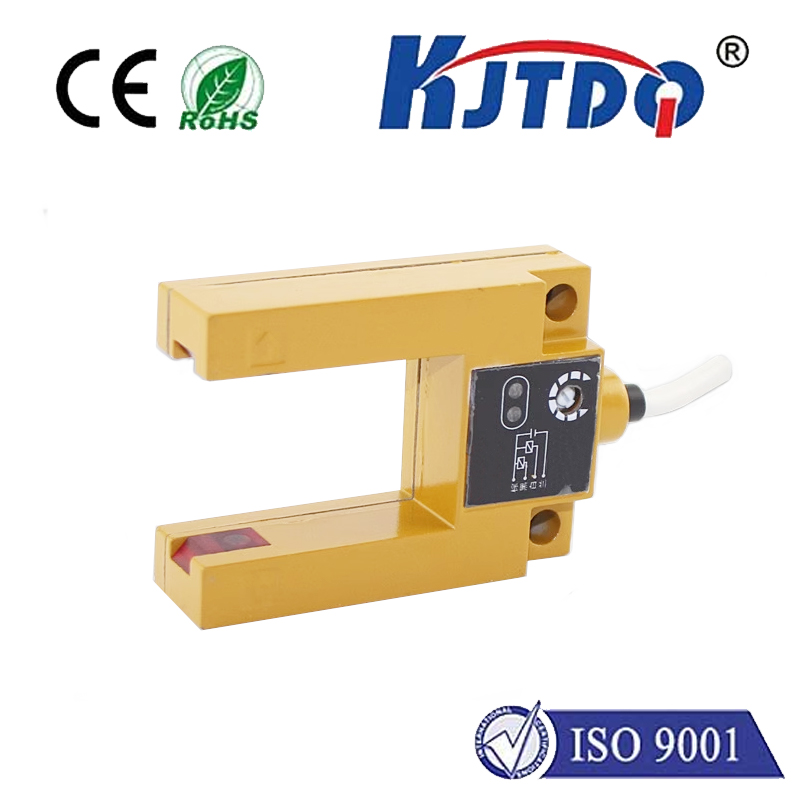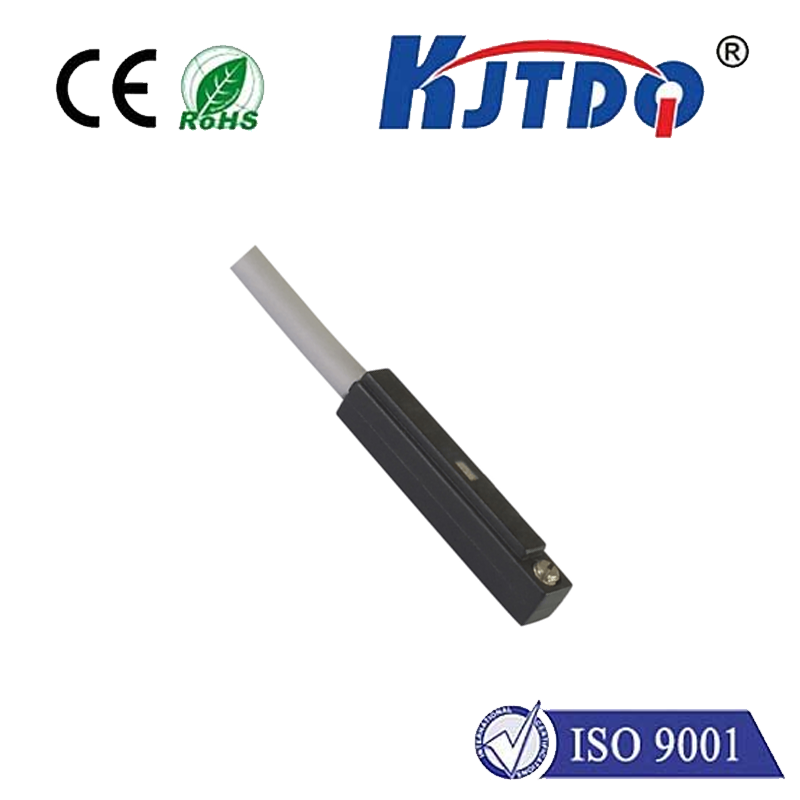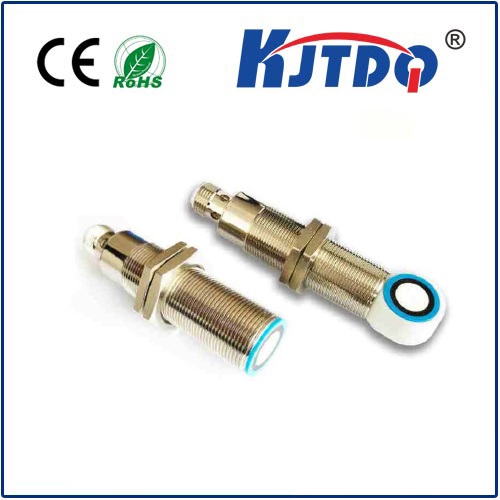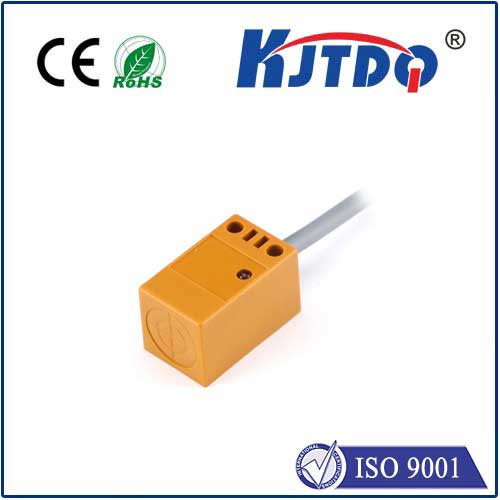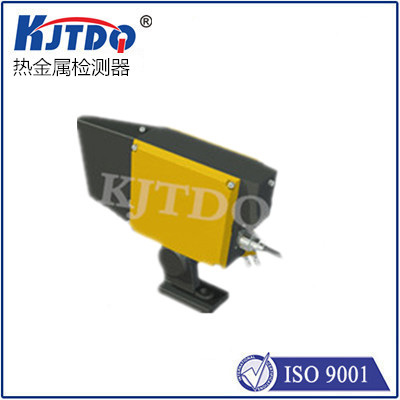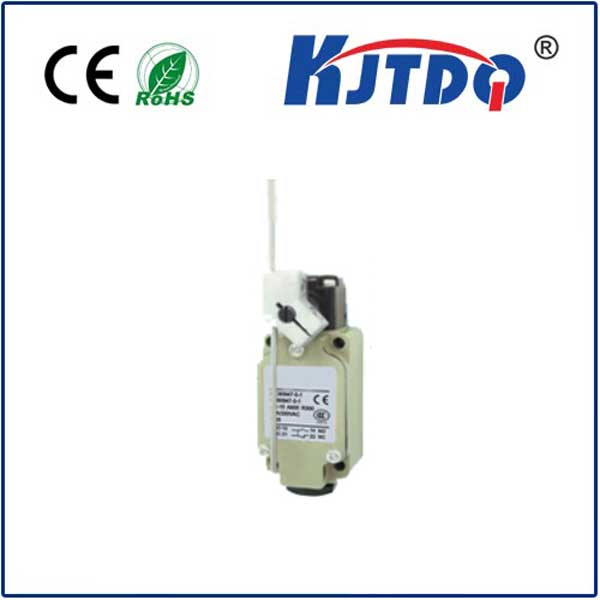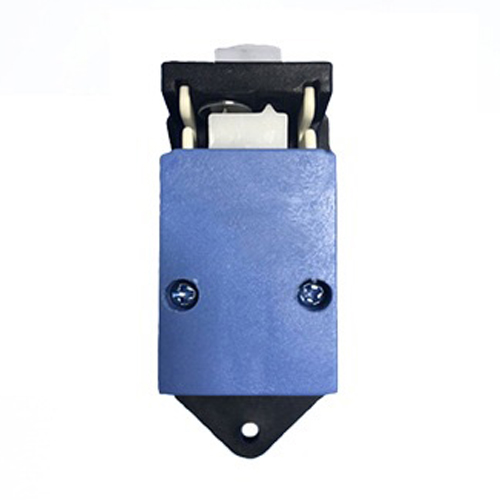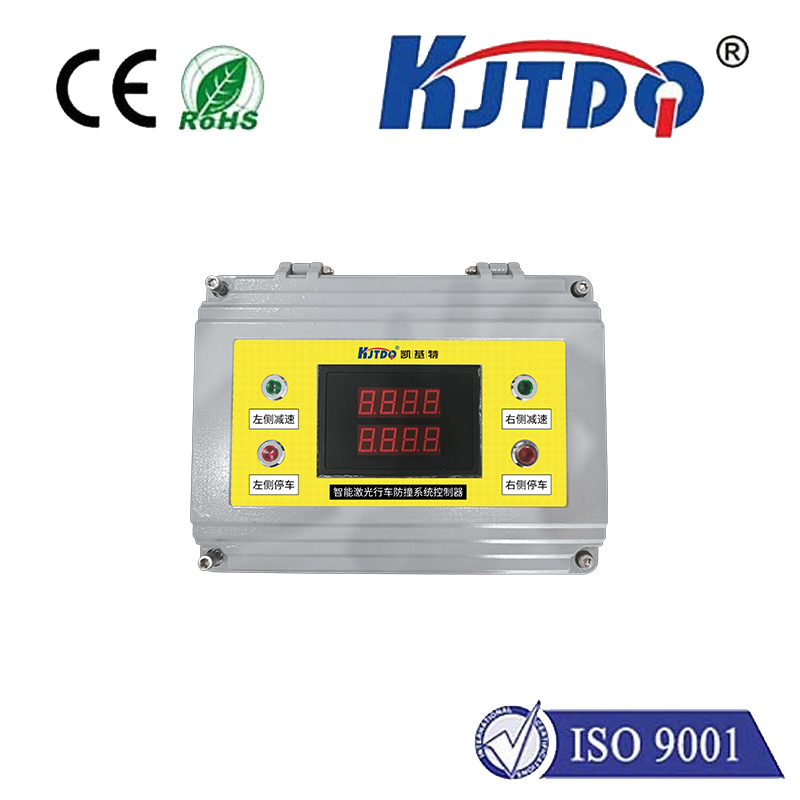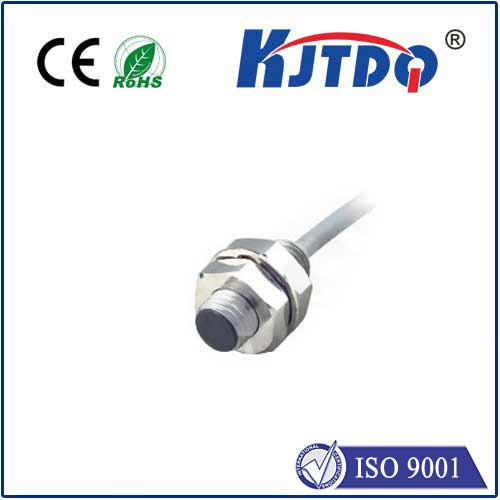

check

check

check

check

check

check

check

check

check

check
Title: Pressure Sensors: An Essential Component for Modern Technology
Pressure sensors are crucial components that play a vital role in various applications, including industrial processes, medical devices, and automotive systems. These devices measure the pressure or force exerted on a surface and convert it into an electrical signal, enabling us to gather valuable information about the environment or system they are installed in. In this article, we will explore the importance of pressure sensors, their types, and how they work.
The Importance of Pressure Sensors:
Pressure sensors are essential tools for monitoring and controlling various processes in industrial settings. They help ensure the safety and efficiency of production lines by providing real-time data on pressure levels, temperature, and other environmental factors. This information can be used to optimize performance, reduce waste, and improve overall productivity. In addition, pressure sensors are widely used in medical devices such as blood pressure monitors, pulmonary pumps, and insulin pumps. They provide accurate and continuous measurements of vital signs, helping healthcare professionals make informed decisions about patient care.
Types of Pressure Sensors:
There are several types of pressure sensors available, each designed for specific applications. Some common types include:
1. Piezoresistive Pressure Sensors: These sensors use a piezoelectric material that expands or contracts when subjected to pressure. The change in shape generates an electrical signal, which is proportional to the applied pressure. Piezoresistive pressure sensors are known for their high accuracy, reliability, and low cost.
2.电容式压力传感器:电容式压力传感器利用两个导体之间的电容器来测量压力。当压力改变时,电容器充放电,从而产生一个可变的电阻值。这种传感器具有高精度、灵敏度高和响应速度快的特点。
3. 压阻式压力传感器:压阻式压力传感器利用一个电阻器和一个敏感元件(如金属薄膜或玻璃膜)来测量压力。当压力作用在敏感元件上时,电阻值发生变化,从而产生一个电信号。这种传感器结构简单、成本低廉,但精度相对较低。
4. 气动压力传感器:气动压力传感器通过测量流体介质中的压力变化来工作。它们通常由一个波纹管组成,波纹管内部充满了气体。当流体介质施加压力时,波纹管会发生形变,从而改变其内部的几何形状和面积。这种变化导致了传感器输出电压或电流的变化,实现了对压力的测量。
How Pressure Sensors Work:
Pressure sensors work by converting the physical pressure applied to them into an electrical signal. This process involves four basic steps:
1. Pressure application: The sensor is exposed to the external pressure source, which may be air or another fluid.
2. Signal generation: As the pressure changes in the sensor, it causes a mechanical deformation of the sensing element (such as a diaphragm or membrane).
3. Electrical conversion: The deformation converts the mechanical energy into an electrical energy that is proportional to the pressure being measured. This is typically done using either piezoelectric or capacitive mechanisms.
4. Data collection and processing: The electrical signal is then processed by the circuitry surrounding the sensor to produce a numeric value that represents the pressure level. This value can be read by an analog-to-digital converter (ADC) or sent directly to a microcontroller or other processing unit for further analysis.
Conclusion:
In conclusion, pressure sensors play a crucial role in modern technology by providing accurate and reliable measurements of various environmental factors. With advances in materials science and engineering, there has been a significant improvement in the design and performance of these devices, making them more versatile and cost-effective than ever before. As we continue to explore new applications for pressure sensors, their importance will only continue to grow in our increasingly connected and automated world.

